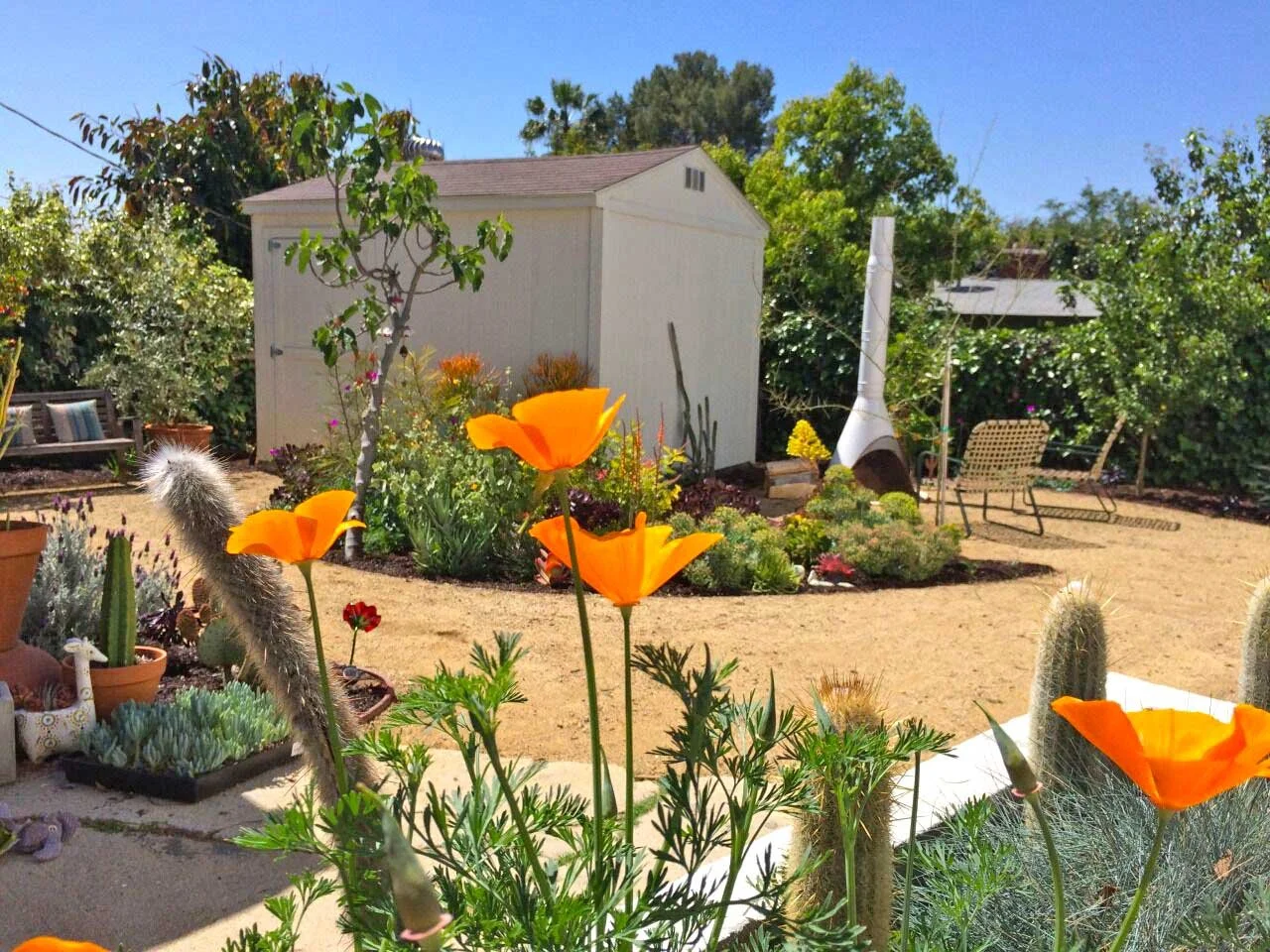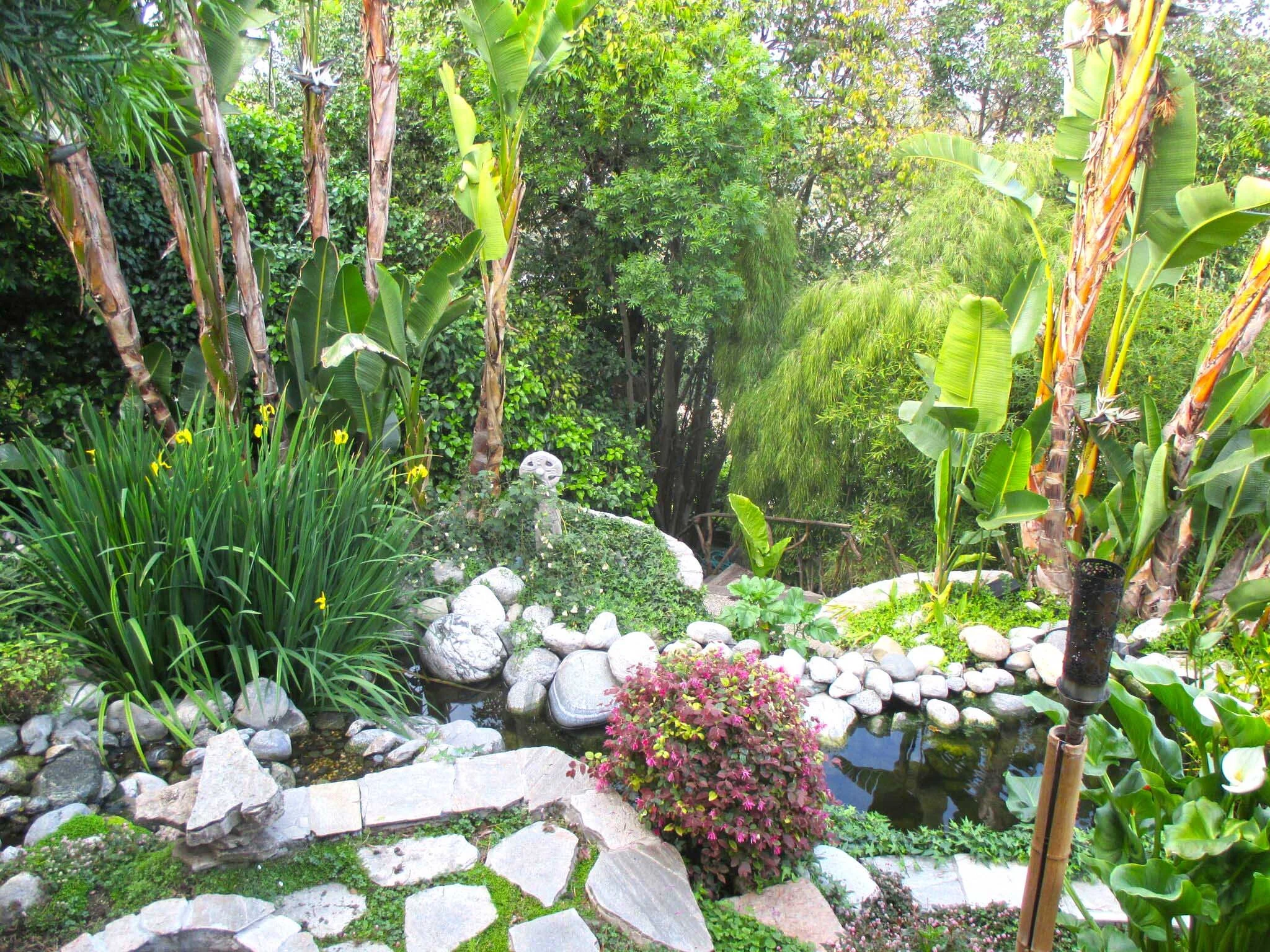How Do Greywater and Rainwater Conserve Water?
Greywater and rainwater irrigation systems harness a new source of water that can replace freshwater when irrigating certain plants. The amount of water you can replace depends directly on how much water you can collect.
For greywater, that means how many fixtures you can capture, how many people live in the house and how much water they use. On average, Californians generate 24-36 gallons of greywater per person per day.
For rainwater, it depends on how much surface area you have to collect runoff (i.e. roofs), and your storage capacity (i.e. tank size). Most roofs are big enough to capture plenty of water. The challenge is storage. We recommend upwards of 500 gallons at the very minimum.
The second factor that comes into play is how you are using water outdoors. You must replace outdoor water use in order to cut water consumption. High water landscapes with things like tropical plants and big grassy lawns can supplement existing use and reduce dependency on freshwater with greywater and rainwater systems. In low water gardens, both rainwater and greywater open up the plant palette and allow one to grow fruit trees, shade trees, riparian natives and beyond without relying on fresh water at all.
Both high and low water landscapes can benefit from greywater and rainwater re-use.
In order to maximize water savings, it is best to adapt the landscape to these modes of irrigation and eliminate the need for freshwater completely. However, a greywater or rainwater system can also significantly offset water use in other areas, and comes with added benefits like increased shade cover, healthy plants, healthy soil and reduced energy consumption; all of which help address climate issues very much related to water scarcity.
At the end of the day we have to be honest with ourselves about how much water we use and for what. While greywater and rainwater systems can be great tools to do more with less, certain lifestyles and consumption habits will far outweigh what can be offset by water re-use.


